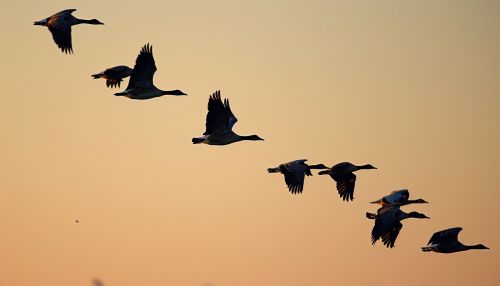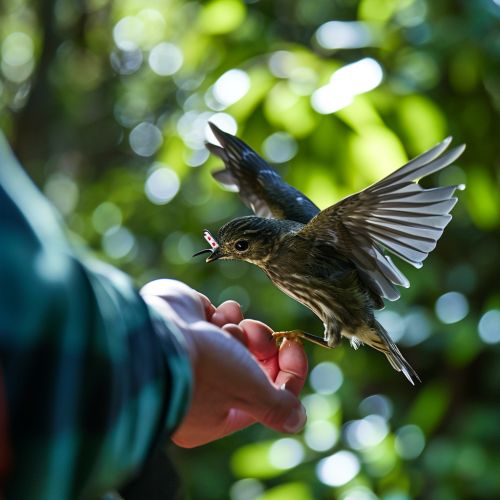Ecology of Bird Migration and Stopover
Introduction
Bird migration is a natural phenomenon that involves the regular seasonal movement of birds, often north and south along a flyway, between breeding and wintering grounds. Many species of bird migrate, covering distances that span across continents and oceans. This article delves into the ecology of bird migration, focusing on the factors that influence these movements and the stopover sites that birds use during their journeys.
Migration Patterns
Birds exhibit a variety of migration patterns, ranging from short-distance to long-distance migrations. Some species may travel only a few kilometers, while others traverse thousands of kilometers, crossing international borders and even entire continents. The distance and direction of migration vary between species and are influenced by numerous ecological factors, including food availability, predation risk, and climatic conditions.


Ecological Factors Influencing Migration
Several ecological factors influence the migration patterns of birds. These include:
Food Availability
Food availability is a primary driver of bird migration. Birds often migrate to areas where food is abundant, such as regions experiencing a peak in insect populations or fruiting trees. This allows them to take advantage of seasonal food resources and optimize their energy intake.
Predation Risk
Birds also migrate to reduce their exposure to predators. Some species may choose to breed in areas with fewer predators, even if it means undertaking long and energy-intensive migrations.
Climatic Conditions
Climatic conditions significantly influence bird migration. Birds often migrate to avoid harsh weather conditions, such as extreme cold or heat, and to take advantage of favourable breeding conditions.
Stopover Sites
During migration, birds often make stops at specific sites to rest and refuel. These stopover sites are critical for the survival of migrating birds, providing them with the necessary resources to complete their journey.
Selection of Stopover Sites
Birds select stopover sites based on various factors, including the availability of food and suitable habitat, the presence of predators, and the distance to the next stopover or final destination.
Importance of Stopover Sites
Stopover sites play a crucial role in bird migration. They provide birds with an opportunity to rest, replenish their energy reserves, and prepare for the next leg of their journey. The loss or degradation of these sites can have severe impacts on bird populations, affecting their survival and reproductive success.
Impact of Human Activities on Bird Migration
Human activities have significant impacts on bird migration. Habitat loss, climate change, and other anthropogenic factors can alter migration patterns and threaten the survival of migratory bird species.
Habitat Loss
Habitat loss due to urban development, agriculture, and other human activities is a major threat to migratory birds. It can lead to the loss of breeding grounds, wintering areas, and stopover sites, disrupting bird migration and leading to population declines.
Climate Change
Climate change can also impact bird migration. Changes in temperature and precipitation patterns can alter the timing and route of migration, affect food availability, and increase the risk of extreme weather events.
Conservation of Migratory Birds
Conservation efforts are crucial to protect migratory birds and their habitats. These efforts include the protection of important bird areas, the implementation of bird-friendly practices in agriculture and urban development, and the monitoring of bird populations to detect and respond to threats.


